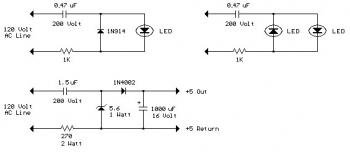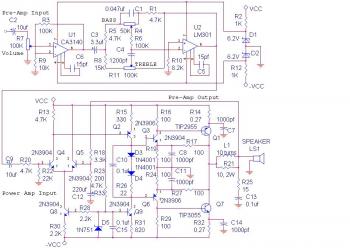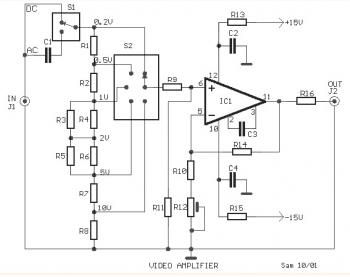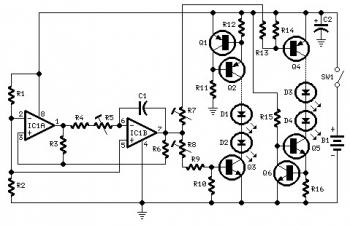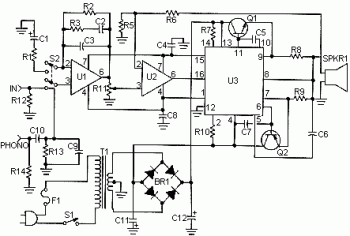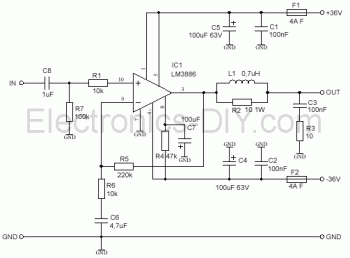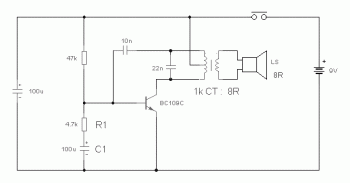The following circuit diagram shows you about how to powering a LED (or two) from the 120 volt AC line applying | working with a capacitor to drop the voltage together with a little resistor to limit the inrush electric current. Considering that the capacitor need to pass current in both directions, a modest diode is connected in parallel using the LED to supply a path for the negative half cycle and also to limit the reverse voltage across the LED. A second LED using the polarity reversed could be subsituted for the diode, or perhaps a tri-color LED might be put to use which would appear orange with alternating current. The circuit is fairly efficient and draws only about a half watt from the line. The resistor value (1K / half watt) was chosen to limit the worst case inrush electric current to about 150 mA which will drop to much less than 30 mA in a millisecond as the capacitor charges. This appears to be a secure value, I've switched the circuit on and off several times without having harm to the LED. The 0.47 uF capacitor has a reactance of 5600 ohms at 60 cycles so the LED current is about 20 mA half wave, or 10 mA average. A bigger capacitor will boost the electric current along with a smaller 1 will lessen it. The capacitor should be a non-polarized kind having a voltage rating of 200 volts or a lot more.
The lower circuit is an demonstration of obtaining a low regulated voltage from the AC line. The zener diode serves as a regulator and also supplies a path for the negative half cycle electric current when it conducts inside the forward direction. In this example the output voltage is about 5 volts and will give over 30 milliamps with about 300 millivolts of ripple. Use caution when operating any electronic circuits hooked up straight to the AC line.
120V AC Line Powered LED circuit source:
http://www.bowdenshobbycircuits.info/page10.htm#lineled.gif
